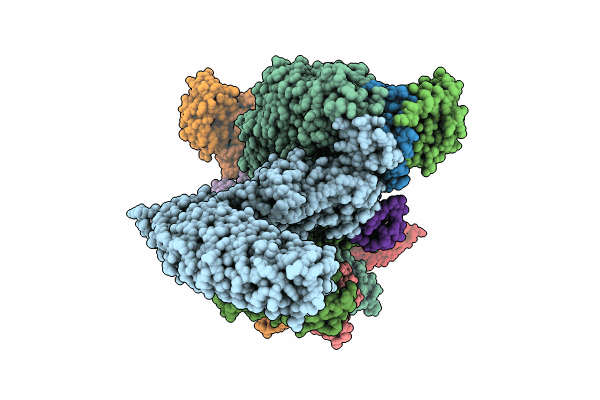
Deposition Date
2023-10-11
Release Date
2024-04-03
Last Version Date
2024-05-08
Entry Detail
PDB ID:
8WQC
Keywords:
Title:
cryo-EM structure of neddylated CUL2-RBX1-ELOB-ELOC-FEM1B bound with the C-degron of CDK5R1
Biological Source:
Source Organism:
Homo sapiens (Taxon ID: 9606)
Host Organism:
Method Details:
Experimental Method:
Resolution:
3.54 Å
Aggregation State:
PARTICLE
Reconstruction Method:
SINGLE PARTICLE


